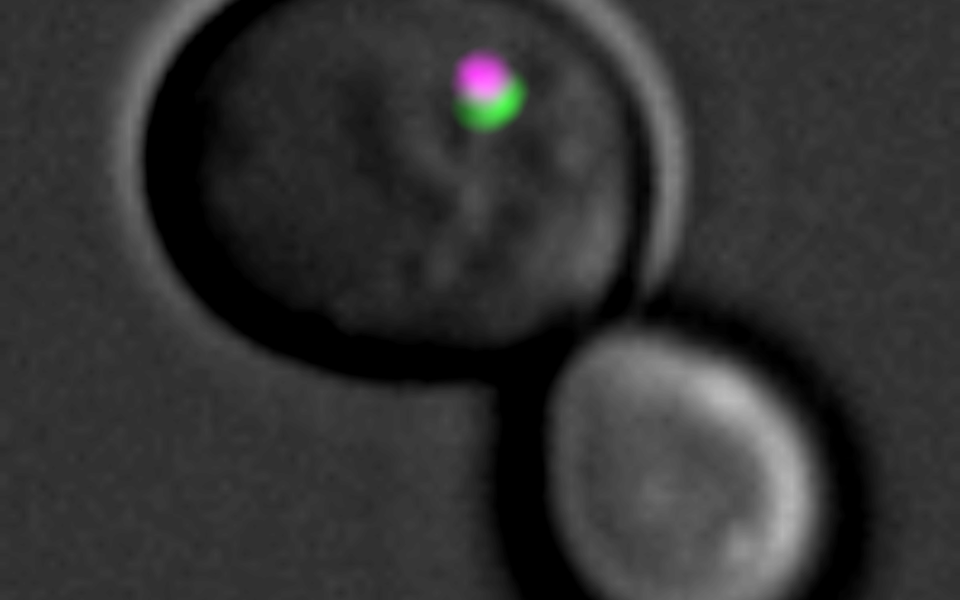
In autophagy, damaged cell parts, unused proteins or other cellular waste are engulfed within a vesicle called the autophagosome, just like we put our household waste in bags. These “bags” are then transported to a lysosome in mammals or the vacuole in yeast and plants. These organelles serve a similar purpose to recycling factories: they degrade the material brought by autophagosomes so that the building blocks can be reused. Just like trucks, sanitation and factory workers keeping the process of waste disposal going in our world, autophagy-related proteins initiate and regulate the mechanism on the molecular level in cells. Over 40 have been identified to this day, providing an insight into the process from the formation, up to the maturation of the autophagosome. But how do autophagosomes and vacuoles achieve to correctly fuse?
In a paper published in the Journal of Cell Biology (JCB), Claudine Kraft’s group now discovered a possible answer. To understand the requirements of autophagosome-vacuole fusion the scientists recreated the process in the lab. They separated vacuoles, autophagosomes and intracellular fluid from yeast cells and created an environment where the fusion can be observed in vitro, i.e. outside a living organism. One common mechanism in cells for membrane fusion requires bundles of four so-called SNARE proteins. The scientists verified that autophagosome-vacuole fusion is a SNARE-driven process, and confirmed that three previously known SNAREs act during the fusion event. Importantly, they also discovered the fourth SNARE required, Ykt6. First author Levent Bas explains: “Our novel in vitro approach allowed us for the first time to clearly show that the three known SNAREs act on the vacuolar membrane during autophagosome-vacuole fusion. It also enabled us to identify the elusive fourth SNARE, Ykt6, and to show that it acts on the autophagosomal side.”
The findings help further the understanding of autophagy and its underlying molecular processes. But the employed in vitro approach that took the scientists two years to develop and refine holds a lot of potential for future research: “The method will help unravel the mechanisms of autophagosome-vacuole fusion in greater detail and, of course, identify additional proteins acting in the fusion process”, Levent Bas concludes.
Publication in JCB
Levent Bas, Daniel Papinski, Mariya Licheva, Raffaela Torggler, Sabrina Rohringer, Martina Schuschnig, Claudine Kraft: Reconstitution reveals Ykt6 as the autophagosomal SNARE in autophagosome–vacuole fusion.